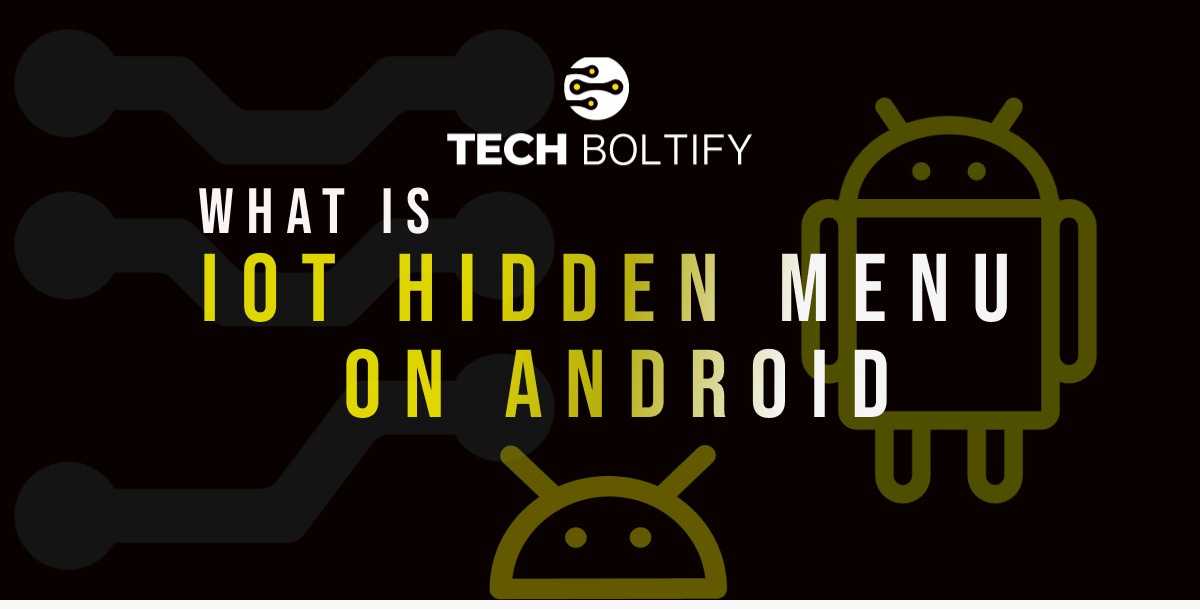What Are the Risks of Using the Hidden Menu on an Android Head Unit?

Strong 8k brings an ultra-HD IPTV experience to your living room and your pocket.
Android head units have become increasingly popular in modern vehicles due to their flexibility, customization options, and support for Android-based apps. These head units often run a modified version of Android, allowing users to install apps, connect to the internet, and use advanced navigation systems. However, many of these devices also include a hidden menu, accessible through special codes or button combinations. This Android head unit hidden menu provides access to system-level settings intended primarily for developers, technicians, or manufacturers.
While the hidden menu might sound appealing to tech-savvy users, it carries serious risks if misused. These menus are not designed for casual users, and improper changes can result in serious malfunctions. This article explores the major risks associated with using the hidden menu on an Android head unit and why caution is essential.
1. System Instability
One of the most immediate risks of accessing and modifying settings in the hidden menu is system instability. This menu allows access to low-level configurations such as hardware settings, boot modes, touchscreen calibration, and developer tools. If incorrect values are entered or unnecessary features are enabled or disabled, the unit can become unstable.
For example, changing a setting related to the resolution, CPU frequency, or touchscreen firmware can cause the head unit to crash, freeze, or reboot randomly. These problems might not show up immediately but can gradually worsen, affecting performance while driving.
2. Loss of Key Functions
Another danger of using the Android head unit hidden menu is accidentally disabling or misconfiguring essential features. Many users report that after adjusting settings in this menu, their Bluetooth, radio, GPS, Wi-Fi, or steering wheel controls stopped working. In some cases, these changes are difficult to reverse without knowing the factory defaults.
Some hidden settings control audio codecs, screen mirroring, camera input formats, and regional options. Making the wrong selection might prevent the head unit from detecting hardware properly, leading to a loss of connectivity or peripheral support.
3. Risk of Bricking the Device
One of the most severe outcomes of improper use of the hidden menu is bricking the device. This means the head unit becomes non-functional and won't boot at all. It may freeze on the logo screen or display a blank screen, preventing you from accessing recovery mode or any system functions.
Bricking often occurs when users change bootloader settings, flash incorrect firmware, or modify core startup parameters without knowing their exact purpose. Unlike smartphones, most Android head units don’t have a recovery tool or easy way to reinstall firmware, making a bricked unit extremely difficult and expensive to repair.
4. Security Vulnerabilities
Some hidden menus include access to debugging and root options, which can open the system to major security risks. Enabling Android Debug Bridge (ADB) or root access without proper safeguards may allow apps—or anyone with a USB connection—to control system functions, install malicious files, or bypass user authentication.
This is particularly dangerous in a car, where security should be prioritized. For instance, leaving debugging enabled could let someone with physical access to the car tamper with apps, media, GPS tracking, or saved user data.
5. No Manufacturer Support
Because the hidden menu is not meant for general users, manufacturers usually don’t provide documentation or customer support for issues caused by it. If you report problems and they discover the system was altered via hidden settings, your warranty could be voided, and you may be denied repair services or software support.
Even third-party repair services may be unable to fix problems caused by misused hidden settings, especially if the head unit is a generic or imported model with limited update tools.
6. Accidental Data Loss
Hidden menus sometimes contain options to perform internal diagnostics or reset data partitions. Tapping these unknowingly could result in the loss of app data, paired devices, navigation history, or even complete factory resets. If the head unit has internal storage for music, maps, or videos, all of that content could be wiped out without confirmation prompts.
7. Incompatibility with Future Updates
Changing hidden settings might cause compatibility problems with future firmware or software updates. If a head unit receives an OTA (over-the-air) update, it could conflict with manual changes made in the hidden menu, leading to errors, boot failures, or update rejection.
Conclusion
The Android head unit hidden menu offers access to powerful tools and settings, but it should be approached with caution. While it might be useful for technicians or developers during initial setup or troubleshooting, it poses significant risks for the average user. From system instability to permanent hardware failure, the consequences of using the hidden menu improperly are real and potentially expensive.
If you're experiencing issues with your Android head unit, it's best to consult official support or experienced professionals rather than experimenting with undocumented settings. Unless you are fully aware of what each option does—and have a way to restore defaults—it's safest to avoid the hidden menu altogether.
Note: IndiBlogHub features both user-submitted and editorial content. We do not verify third-party contributions. Read our Disclaimer and Privacy Policyfor details.




